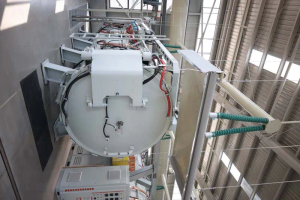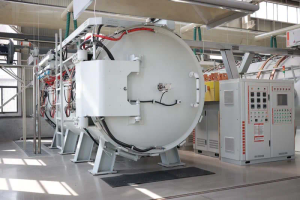TUS is still far away from the scientific research stage.
As a non -invasive nerve regulation segmentation technology, as non -invasive nerve regulation markets have developed rapidly, and brain science research continues to deepen, the process of industrialization of craniotomy ultrasound may accelerate.
Out Cranary Ultrasonic Stimulation (TUS) is a non -invasive nerve regulatory technology. It is an emerging brain function regulatory technology that uses low -strength pulse ultrasonic waves to act on the cerebral cortex or deep brain region through the tissue and other tissues of the skull, which causes changes in nerve activity. Essence The mechanism of regulating nerve regulation through craniotomy is divided into three types: empty, thermal effects, and mechanical deformation.
Non -invasive nerve regulation technology can be divided into three categories: through the craniotomy magnetic stimulus TMS, menia electrode stimulation TES, and through the craniotomy ultrasonic stimulation TUS. According to the “2023-2027” Cranial Ultrasonic Stimulation (TUS) Industry Market Market In -depth Report and Investment Prospect Forecast Analysis Report “released by the Xinshi Industry Research Center, it shows that compared with the craniotomy magnetic stimulus and the craniotomy stimulation, the craniotomy ultrasound Stimulation has the advantages of high spatial resolution, deep stimulation depth, strong penetration ability, good technical compatibility with FMRI, small device volume, etc., and the future application prospects are better. However, as an emerging technology, the skull ultrasound stimulus is still in the scientific stage, and it is recommended to enter the clinical guide, and there is still a certain distance from the industrialization.
In recent years, with the characteristics of safety and invasion, the craniotomy ultrasound stimulation is getting widespread attention. With the continuous deepening of research, huge treatment potential showed huge treatment potential in Altzheimer’s disease, epilepsy, stroke, brain injury, brain dysplasia, and motor disorder. In 2021, the most important breakthrough of the craniotomy ultrasound was the foundation of FTUS and TheTA -Urchual FTUS stimulus schemes that induced the canopy of sports cortex.
It is estimated that in 2022, the global non -invasive nerve regulation market size will reach 1.24 billion US dollars. From 2022-2026, the global market will grow at a compound annual growth rate of more than 6.0 %. During the expectation, North America will still dominate the global non -invasive nerve regulation market, and China will maintain the fastest growth rate. As a non -invasive nerve regulation segmentation technology, as non -invasive nerve regulation markets have developed rapidly, and brain science research continues to deepen, the process of industrialization of craniotomy ultrasound may accelerate.
Commonly used craniotomy ultrasound stimulus technology is divided into two types: high -strength focus ultrasound (HIFU) and low -intensity focus ultrasound (Lifu). In the global market, Sonic Concepts, Inc. , Brainbox, LTD. The Neurofus Pro jointly developed and manufactured by the three companies of IST Company? It is the most well -known through the craniotomy -focused ultrasonic stimulus system. It includes ultrasonic converters, automatic robotic systems, ultrasonic simulation simulation simulation and planning software systems.
http://oaicon.com/index.php/2023/03/01/tus-is-still-far-away-from-the-scientific-research-stage/
Analysts in the Xinshijie industry said that the craniotomy ultrasonic stimulation is an emerging non -invasive nerve regulatory technology. Compared with the craniotomy magnetic stimulation and the craniotomy stimulation, it has certain advantages. The potential for application in treatment is huge. However, due to the incomplete clinical verification, the smooth stimulation of the craniotomy is still at the stage of scientific research, the level of commercialization is extremely low, and it is still far from the industrialization.






